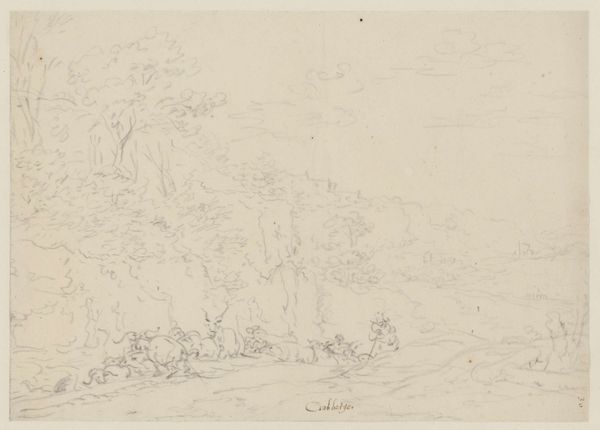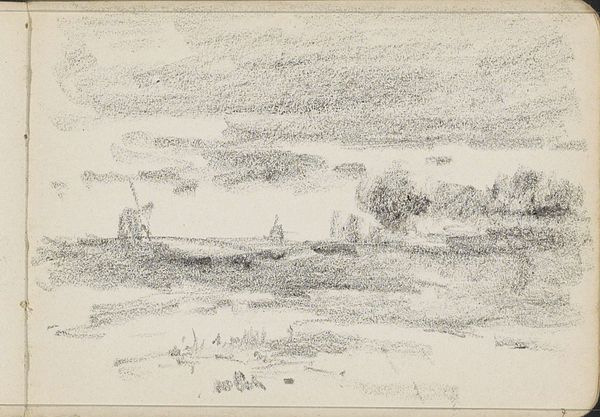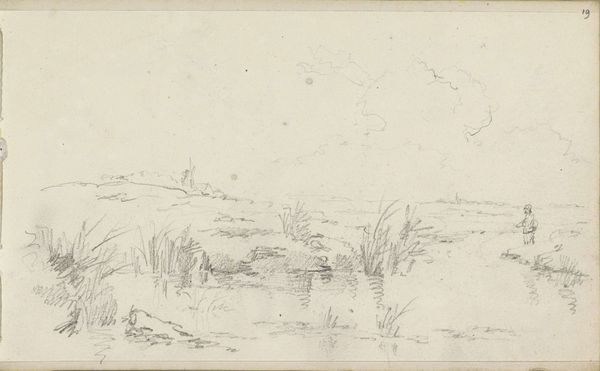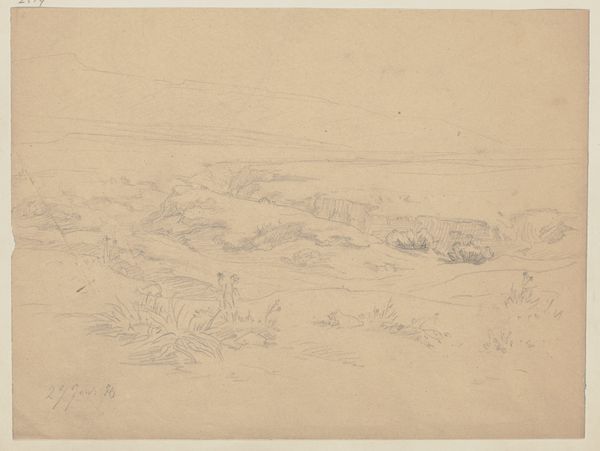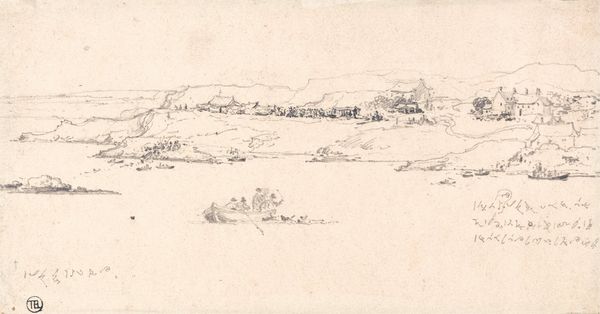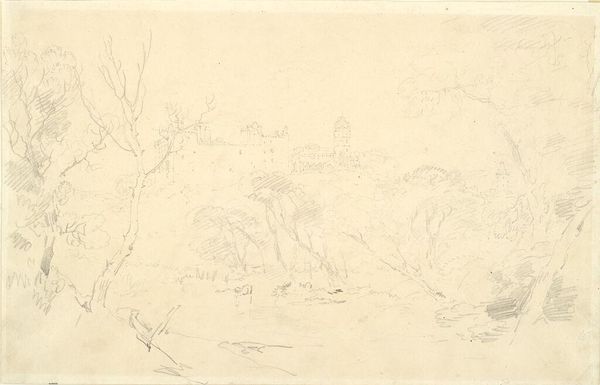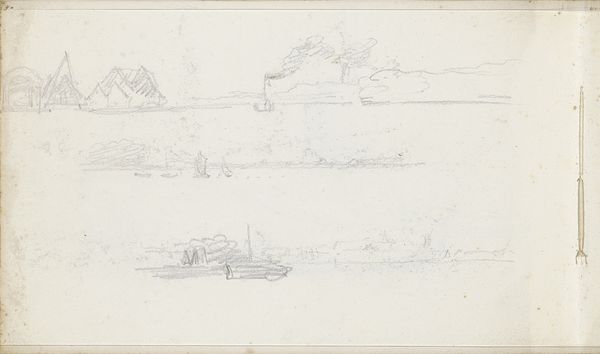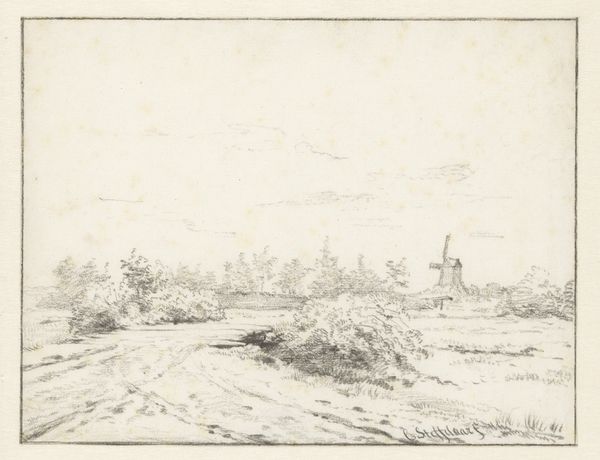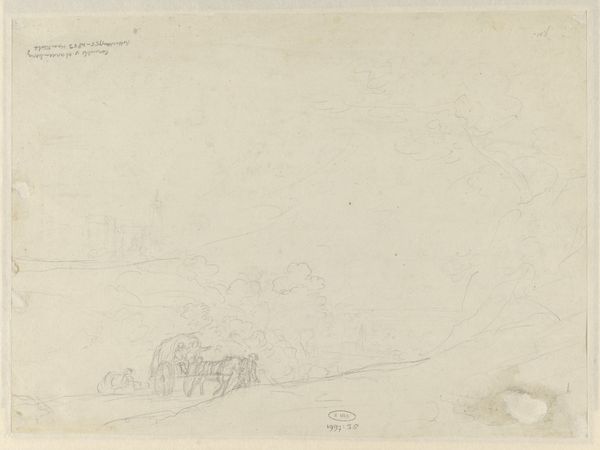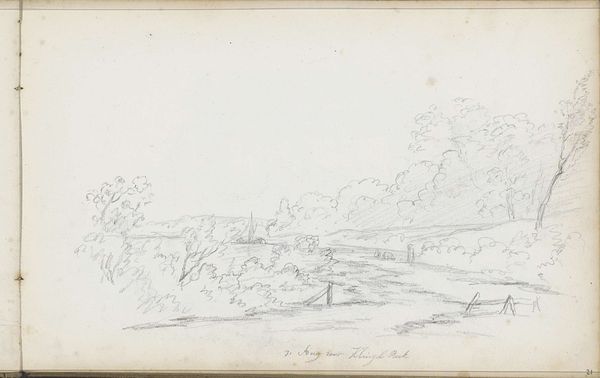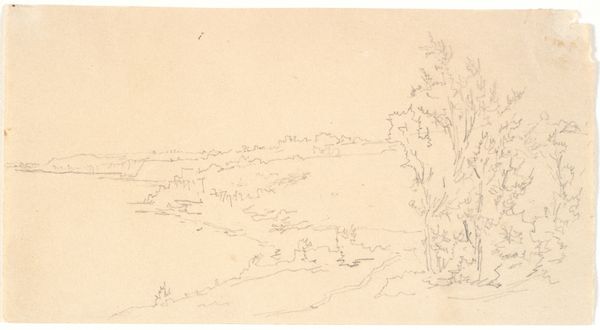
Strijdende soldaten in een landschap met bebouwing 1872 - 1879
0:00
0:00
georgehendrikbreitner
Rijksmuseum
drawing, pencil
#
drawing
#
light pencil work
#
pen sketch
#
pencil sketch
#
incomplete sketchy
#
landscape
#
personal sketchbook
#
ink drawing experimentation
#
pen-ink sketch
#
pencil
#
pen work
#
sketchbook drawing
#
sketchbook art
#
realism
Copyright: Rijks Museum: Open Domain
Editor: So, this is "Strijdende soldaten in een landschap met bebouwing," or "Fighting Soldiers in a Landscape with Buildings" by George Hendrik Breitner, created sometime between 1872 and 1879. It’s a pencil drawing from the Rijksmuseum. There's a real rawness to it. Almost like a news sketch. It has quite an unfinished quality, which makes it feel immediate. What historical context do you think shaped Breitner's choice of subject here? Curator: That’s a perceptive reading. Given the dates, it is reasonable to place this sketch in relation to the colonial dynamics of the Dutch East Indies. Breitner, despite being known for his Amsterdam cityscapes, likely would have been engaging with imagery – both real and mediated through popular press – of military engagements happening in the colonies. How might the "unfinished quality" you mention also reflect the public’s understanding of these distant battles? Editor: That’s interesting… Do you mean how the distance and the sketching style perhaps softened the impact of actual colonial conflict? Curator: Precisely. This loose, almost detached style contrasts sharply with the glorification of war found in official military paintings. Consider the social role of such sketches. Were they intended for public consumption or private reflection? Did the "unfinished" aesthetic serve as a commentary on the seemingly endless colonial conflicts? What does this sketch communicate about Dutch society's perception of their colonial activities during this period? Editor: I see what you mean. It raises a lot of uncomfortable questions about whose stories get told and how they are framed, doesn't it? Thanks, I’m going to need to think about that. Curator: Exactly, this highlights the vital role that art plays in both reflecting and shaping societal narratives, doesn't it?
Comments
No comments
Be the first to comment and join the conversation on the ultimate creative platform.

